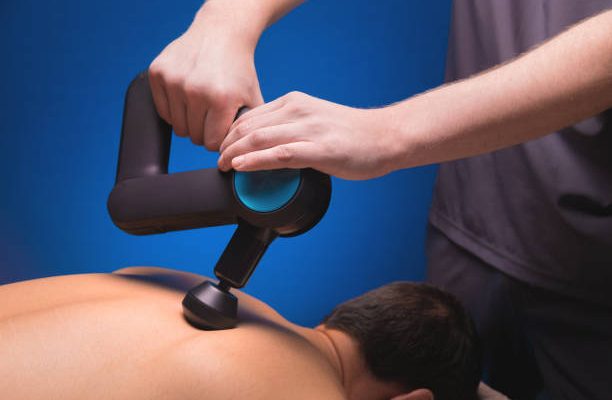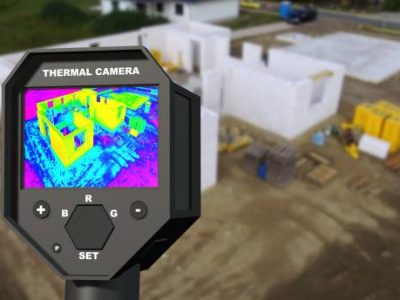Introduction
In the realm of holistic health and wellness, compression therapy and percussion therapy stand out as two innovative approaches to aiding recovery and enhancing physical performance. Each method offers unique benefits, and when combined, they can synergistically amplify their effectiveness. Let’s delve into the intricacies of these therapies and explore how they complement each other in promoting overall well-being.
Understanding Compression Therapy
compression therapy involves the application of graduated pressure to specific areas of the body, typically using specialized garments or devices. This therapy is based on the principle of enhancing circulation and lymphatic drainage to reduce swelling, alleviate discomfort, and expedite recovery.
The Mechanisms of Compression Therapy
The key mechanism behind compression therapy lies in its ability to improve venous return and prevent blood from pooling in the extremities. By exerting external pressure on the limbs, compression garments promote the efficient flow of blood and lymphatic fluid, thereby reducing edema and swelling.
Benefits of Compression Therapy
- Enhanced Circulation: By improving blood flow, compression therapy delivers oxygen and nutrients to the muscles, facilitating faster recovery and reducing the risk of injury.
- Edema Management: Individuals suffering from conditions such as lymphedema or chronic venous insufficiency can benefit from compression therapy to manage swelling and discomfort effectively.
- Performance Enhancement: Athletes often use compression garments during training and competition to optimize performance and reduce muscle fatigue.
Exploring Percussion Therapy
On the other hand, percussion therapy involves the use of handheld devices that deliver rapid bursts of pressure to targeted muscle groups. This therapy, also known as percussive massage or vibration therapy, aims to release tension, improve circulation, and promote relaxation.
The Science Behind Percussion Therapy
Percussion therapy works by stimulating proprioceptors in the muscles, triggering a reflexive response that helps relax tense muscles and alleviate discomfort. The rapid vibrations generated by the device penetrate deep into the tissue, promoting blood flow and facilitating the removal of metabolic waste products.
Benefits of Percussion Therapy
- Muscle Recovery: Athletes and fitness enthusiasts can benefit from percussion therapy to accelerate muscle recovery and reduce post-exercise soreness.
- Pain Relief: Individuals suffering from chronic pain conditions, such as fibromyalgia or sciatica, may find relief through regular percussion therapy sessions.
- Stress Reduction: The rhythmic tapping and pounding motions of percussion therapy can induce a state of relaxation, helping to alleviate stress and promote overall well-being.
Conclusion
In conclusion, compression therapy and percussion therapy offer distinct yet complementary approaches to promoting recovery, relieving muscle tension, and enhancing physical performance. While compression therapy improves circulation and reduces swelling through external pressure, percussion therapy targets deep muscle tissue with rapid vibrations to release tension and stimulate blood flow. By incorporating both modalities into a comprehensive wellness regimen, individuals can maximize their benefits and achieve optimal health and vitality. Whether used separately or in combination, compression therapy and percussion therapy have the potential to revolutionize the way we approach recovery and self-care, empowering individuals to live life to the fullest.












Comments